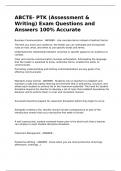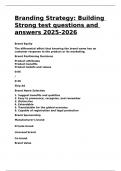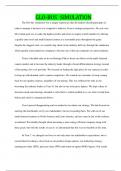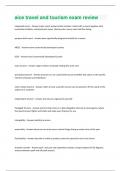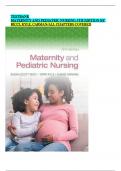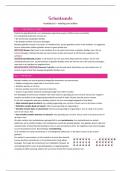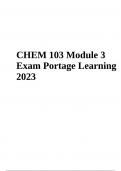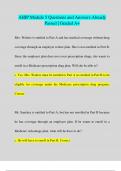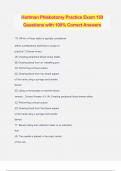Examen
ABCTE- PTK (Assessment & Writing) Exam Questions and Answers 100% Accurate
- Cours
- Établissement
ABCTE- PTK (Assessment & Writing) Exam Questions and Answers 100% AccurateABCTE- PTK (Assessment & Writing) Exam Questions and Answers 100% AccurateABCTE- PTK (Assessment & Writing) Exam Questions and Answers 100% Accurate Business Communication - ANSWER - Use concrete terms instead of abstract te...
[Montrer plus]
